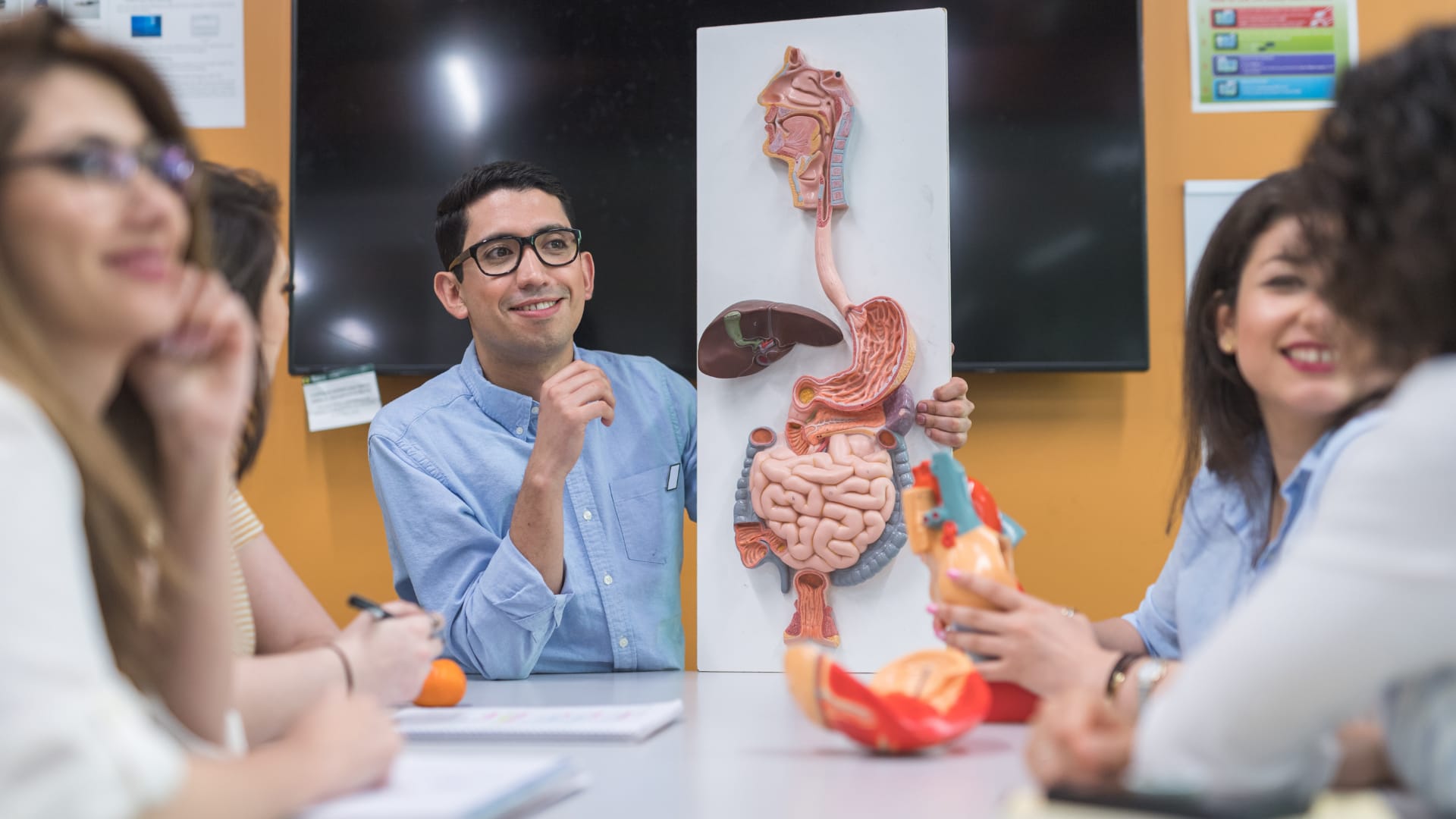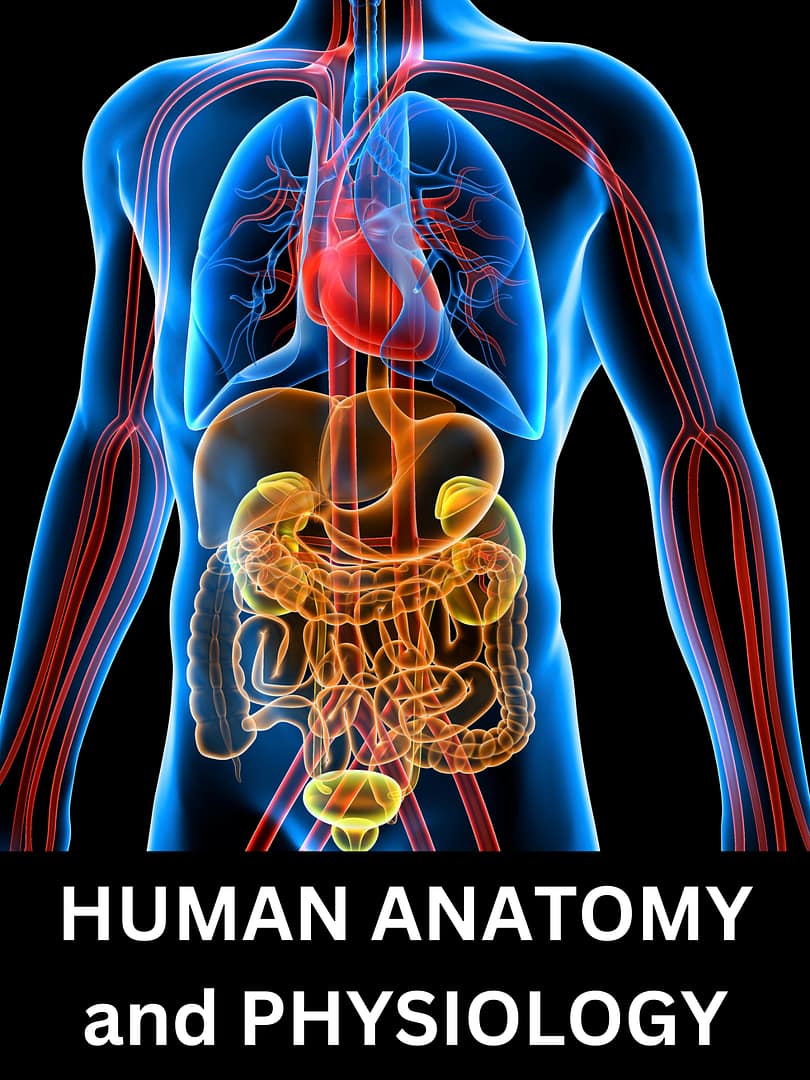
Anatomy and physiology are the scientific studies of the structure and functions of the human body. There are billions and trillions of cells, tissues, and organs in a single organism. There are both microscopic and macroscopic structures among these. Organs and organ systems are large structures that can be seen with the naked eye. Cells, on the other hand, are small structures that can only be seen with an electronic microscope.
Anatomy and physiology are used to learn more about how organisms are put together and how they work.
Anatomy and physiology are both derived from the Ancient Greek language, with anatomy meaning the study of the structure of animals and physiology meaning the study of regular systems and their interactions within a living system.
Anatomy is a branch of natural science and biology that encompasses the anatomy of humans, animals, and plants. The first thing that was studied and used to look at a person’s internal organs, injuries, and other wounds was their anatomy.
There are numerous branches of human anatomy.
- Macroscopic or Gross Anatomy
- Microscopic anatomy
- Developmental Anatomy
Physiology is a branch of natural science and biology that investigates the body’s entire functioning system. It is further categorized as:
System physiology is the study of how body systems operate as a whole.
Comparative physiology is the study of the different characteristics of living organisms.
Medical physiology is the study of physiological dysfunctions and other human body system-related diseases.
Questions on Anatomy and Physiology
Which bone in the human body is the longest?
The femur is considered to be the longest human bone.
What function do heart valves serve?
The primary function of heart valves is to permit blood backflow.
What types of human anatomy are there?
There are two primary types of human anatomy:
1. The study of body structures that are visible to the naked eye. It is also referred to as microanatomy.
2. Microscopic Anatomy: This is the study of structures at the cellular level, including cells, tissues, and organs of the body, as observed through a microscope.
Which blood vessels deliver oxygenated blood from the lungs to the heart?
The pulmonary veins transport oxygenated blood from the lungs to the heart.
What types of physiology are there?
Physiology is the study of how the human body works. It can be broken down into the following groups:
1. Cell physiology is the study of how cells function.
2. Systemic physiology is the study of the functional aspects of the body's systems.
3. Pathophysiology is the study of diseases and disorders that impact organ or system function.
4. Special physiology is the study of specific organ functions.
This was a concise overview of Anatomy and Physiology.

